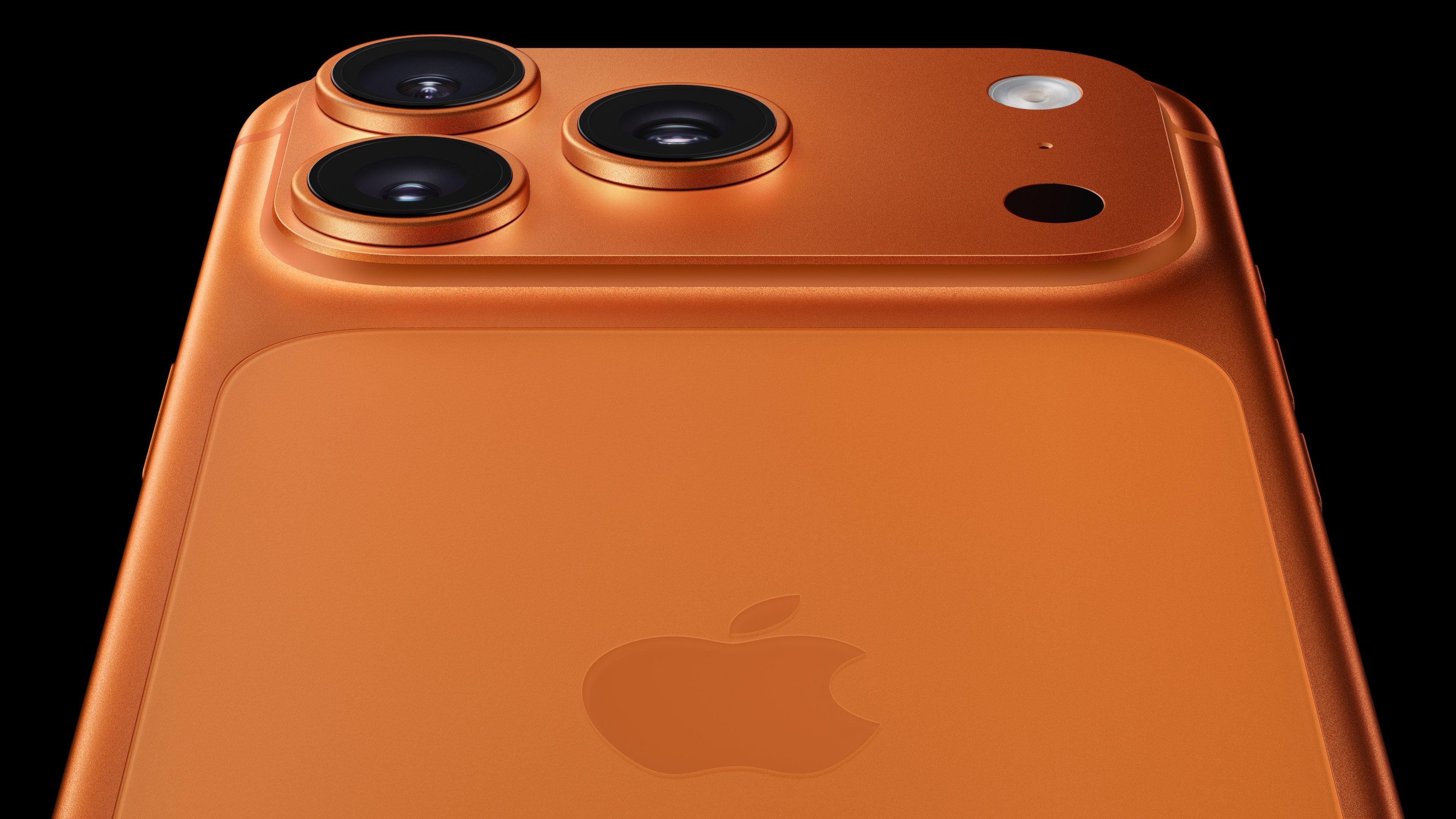Apple's (AAPL +0.71%) upcoming iPhone is important. Investors are looking to the next flagship version of the device to help the segment return to more meaningful growth. Raising the stakes ahead of its release, Apple stock has risen sharply in anticipation of the phone, which investors are betting will drive a major upgrade cycle. Apple stock is up 38% year to date.
But which "iPhone 8" features will serve as the key selling points? According to a new report from Bloomberg's well-informed Mark Gurman, the new iPhone's 3D facial scanner will help differentiate it.

Image source: Getty Images.
The game-changing iPhone 8
With the upcoming flagship iPhone, rumored to be called iPhone 8, Apple will ditch Touch ID and replace it with 3D facial recognition, according to Bloomberg. And the new feature will take smartphone face scanning to a whole new level, Gurman believes.
"Upgrades to core technologies aside, the new iPhone's crown jewel will be a 3-D facial scanning sensor that will unlock device and authenticate purchases -- an industry first," Gurman said. Apple's 3D face scanner will deliver the seamless integration and usability that the tech giant's products are known for, and be able to unlock the phone "in a few hundred milliseconds, Gurman noted.
Of course, the iPhone 8 will be differentiated from its predecessors in more ways than just the rumored introduction of a 3D face scanner. Beyond an updated processor, the iPhone 8 is expected to sport inductive charging, cameras to better support augmented reality apps, and an OLED screen. In addition, the phone is rumored to boast a totally overhauled form factor, including a larger screen with a virtual home button and slimmer bezels that allow the screen to nearly stretch from edge to edge.
Differentiation matters
If the iPhone 8 really does include this much differentiation from previous iPhones, the highly anticipated device may drive a monster upgrade cycle.
It's been nearly three years since Apple has overhauled the iPhone's form factor. The most recently launched iPhone's form factor was first introduced in September 2014, when Apple brought to market its iPhone 6 and iPhone 6 Plus. With the iPhone 8, a long-waited redesigned form factor and the introduction of 3D facial scanning together may help drive impressive iPhone sales growth.
The iPhone 6's launch several years ago makes an excellent case for the significant role an overhauled iPhone design can play in driving iPhone sales higher. In first full 12 months after the iPhone 6's introduction, iPhone revenue soared an incredible 52% year over year. If the iPhone 8 can similarly spark a major upgrade cycle, the recent rise in Apple's stock price could easily be justified.
Of course, even if the iPhone 8 is as differentiated as rumors suggest it will be, investors shouldn't expect the new iPhone to drive growth as significant as what was seen last time Apple totally overhauled the device. This time around, Apple will need to grow iPhone revenue on a much larger base. Before the iPhone 6 launch, annual iPhone revenue was just over $100 billion. Today, annualized iPhone revenue is at about $141 billion.

Image source: Apple.
But even just a 10% to 15% jump in iPhone revenue in the 12 months following the iPhone 8's launch could more than justify Apple's current stock price. Apple trades at a price-to-earnings ratio of about 19 -- a conservative valuation for a market leader about to introduce what could prove to be its most important product in years.






